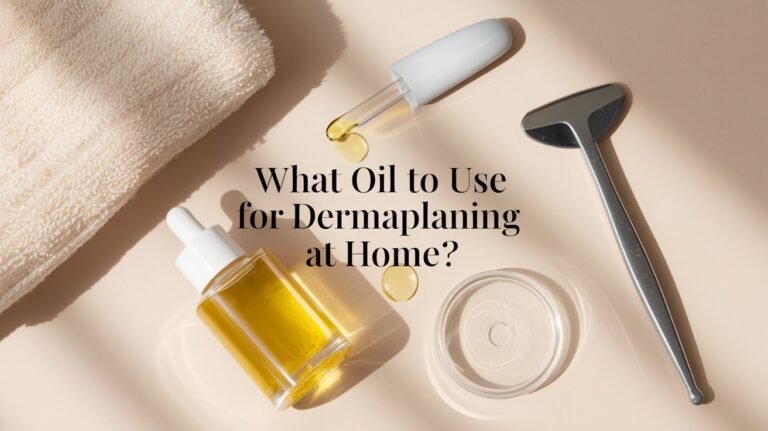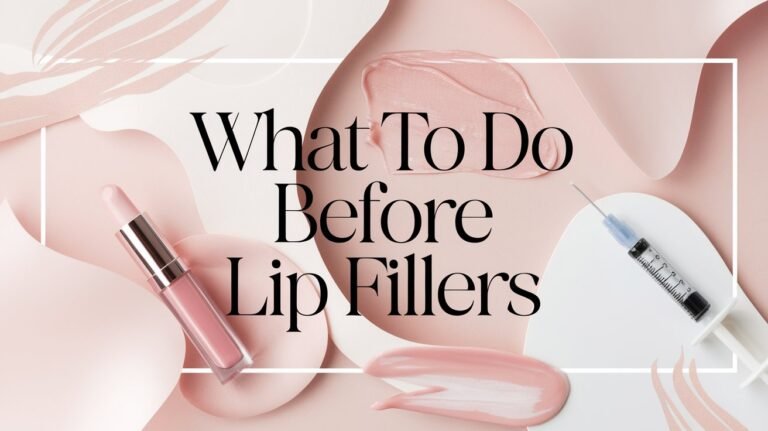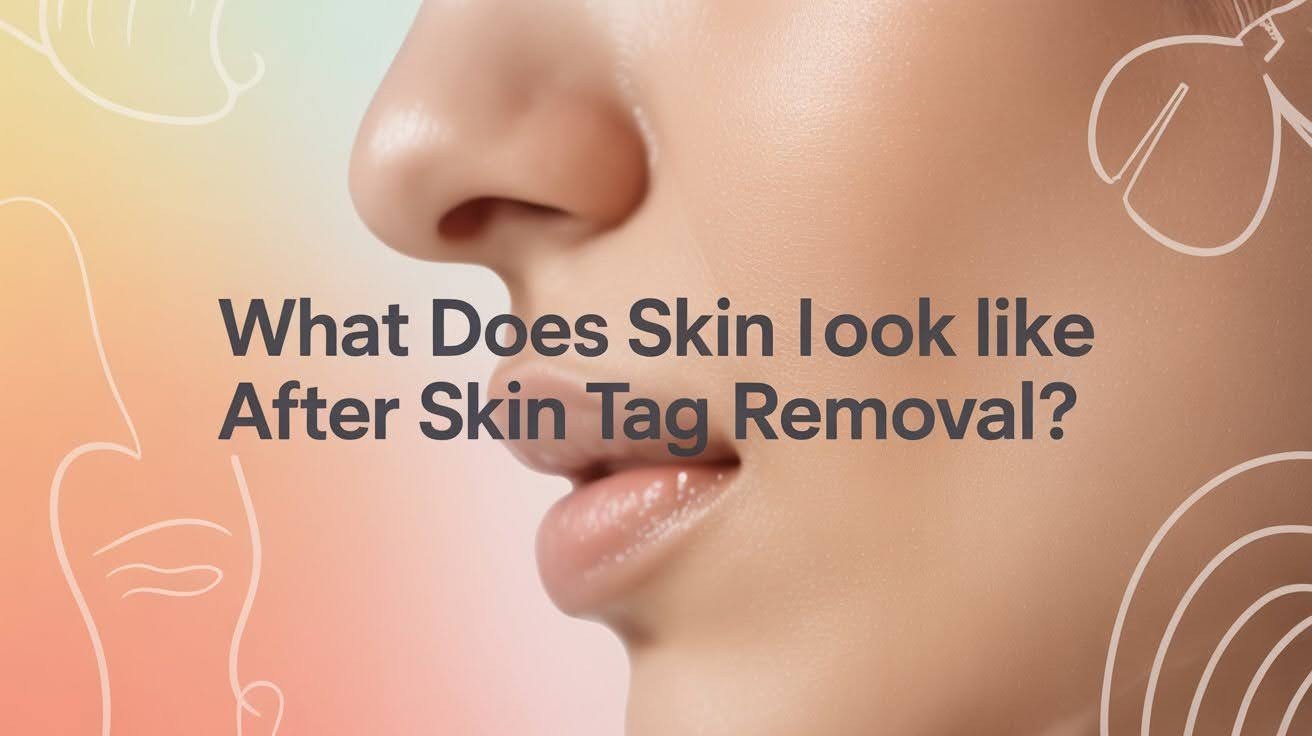Microchanneling vs Microneedling: Key Differences & Benefits
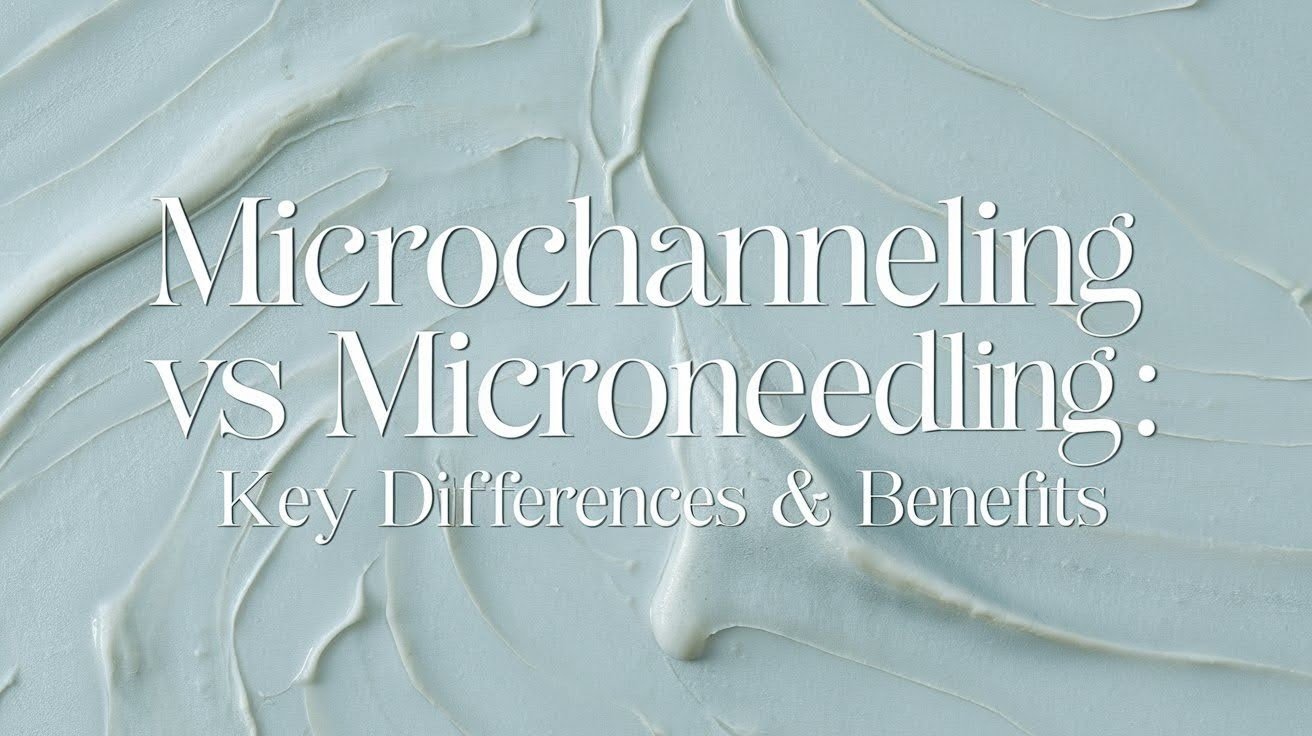
Have you been staring at your reflection lately, wishing your skin looked fresher? I get it. We all want that smooth, youthful glow without going under the knife.
You’ve probably heard about microchanneling and microneedling. They sound almost the same, right? But here’s the thing: they’re actually quite different. And picking the wrong one could mean wasted time and money.
Both treatments help your skin make more collagen. They smooth out wrinkles and improve texture. But one might work better for your specific needs.
Let me walk you through both options so you can choose what’s truly right for your skin.
What Is Microneedling

Microneedling uses tiny metal needles to create controlled skin injuries, triggering your body’s natural healing process to produce collagen and improve texture.
Definition
Microneedling is a treatment that uses tiny metal needles to help your skin heal itself. Doctors call it collagen induction therapy. The needles create small injuries that wake up your skin’s natural repair system.
How It Works
When the needles puncture your skin, your body thinks it needs to heal. This triggers a response that ramps up collagen and elastin production. These proteins are what keep your skin firm and smooth. The more you have, the younger your skin looks.
Common Uses
People use microneedling for several skin concerns. It works well on acne scars that won’t go away. It can also help with surgical scars and stretch marks. Many choose it to reduce fine lines and wrinkles around their eyes and mouth.
Pros & Cons
Pros:
- Effective at improving overall skin appearance
- Widely available at most skin clinics and spas
- Noticeably improves skin texture after treatment
Cons:
- Metal needles can create micro-tears in the skin
- Longer healing time compared to other treatments
- Risk of hyperpigmentation, especially for darker skin tones
What Is Microchanneling
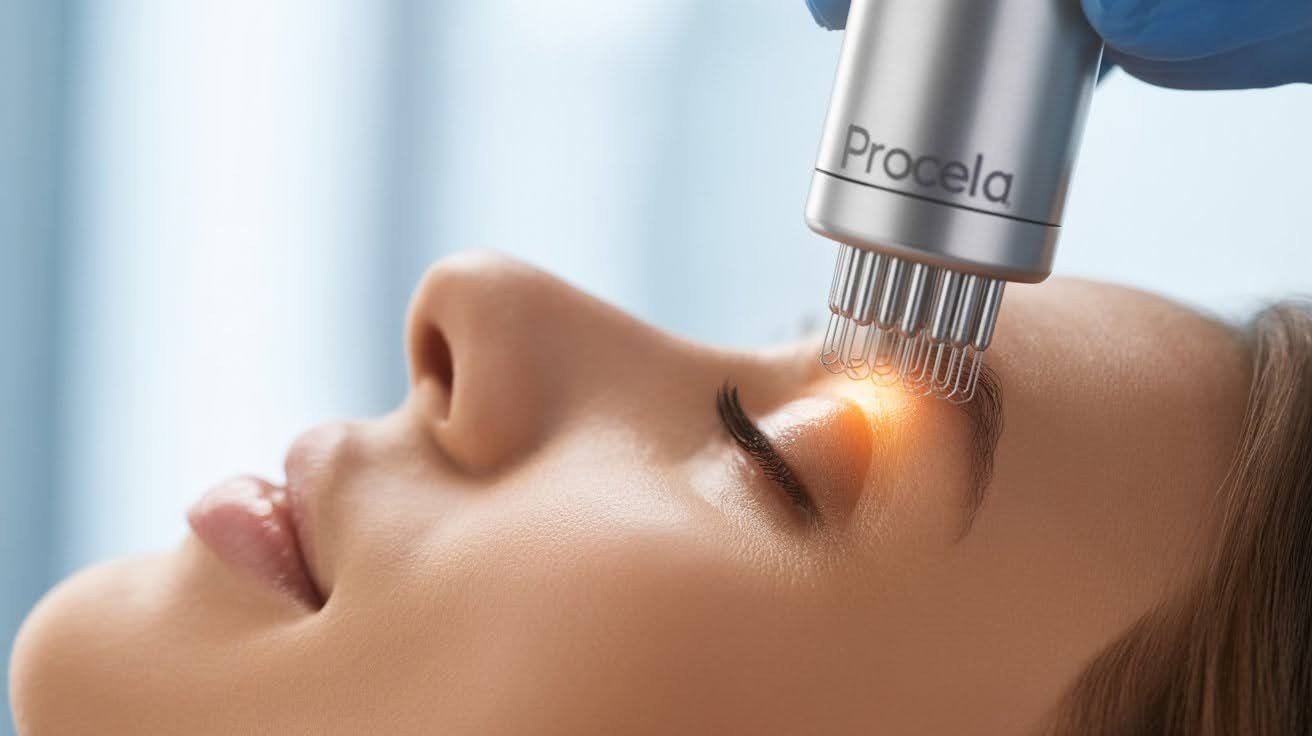
Microchanneling is an advanced skin treatment that uses special wire-based filaments instead of traditional needles to create precise channels for better healing.
Definition
Microchanneling is the next step up from regular microneedling. It uses wire-based filaments or a Procell stamping device. These tools are designed to be gentler on your skin while still getting great results.
How It Works
This treatment creates uniform microchannels across your skin. The channels are more consistent than what regular needles make. Right after creating these channels, your provider applies healing serums. Your skin absorbs these serums deeply through the tiny openings. This boosts cellular repair and helps your body make collagen and elastin faster and more efficiently.
Common Uses
Microchanneling treats more skin issues than you might think. It works on fine lines and wrinkles around your face. It helps fade dark spots and hyperpigmentation. People use it for acne scars, stretch marks, and loose skin. It even shrinks enlarged pores.
Pros & Cons
Pros:
- Less painful than traditional microneedling
- Faster healing time with less downtime
Cons:
- Usually costs more per session than microneedling
Microchanneling vs Microneedling: Comparison Table
|
Feature |
Microneedling |
Microchanneling |
|
Device |
Roller/stamper |
Stamp tool with microfilaments |
|
Pain |
Moderate |
Mild |
|
Downtime |
24+ hours |
1–2 hours |
|
Serum Delivery |
Surface-level |
Deep microchannels, cellular repair |
|
Healing Time |
Slower |
Faster |
|
Risk of Scarring |
Higher |
Lower |
|
Best For |
Acne scars, fine lines |
Wrinkles, hyperpigmentation, skin laxity, scars |
|
Sessions Needed |
3–6 |
2–5 |
Key Differences Between Microchanneling and Microneedling

These two treatments may sound alike, but they differ in tools, comfort levels, healing time, results, and how they deliver products.
1. Device & Technique
Microneedling uses a handheld roller or stamper with metal needles. As it moves across your skin, it can sometimes tear the tissue. This happens because the needles drag slightly.
Microchanneling uses a stamping tool with uniform filaments. It goes straight in and out without dragging. This means minimal trauma to your skin. The channels it creates are clean and precise.
2. Pain & Discomfort
Let’s be honest about pain. Microchanneling is generally more comfortable than microneedling. Most people describe it as tolerable with just numbing cream.
Microneedling can feel more intense, especially in sensitive areas.
3. Downtime & Healing
Here’s where you’ll see a big difference. Microchanneling causes redness that fades in just 1 to 2 hours. You could do it during lunch and go back to work.
Microneedling leaves your skin red for up to 24 hours or longer. The deeper the needles go, the more time you need to heal. Plan to stay home for a day or two.
4. Results
Microchanneling gives you faster results. It works at the cellular level to repair your skin from within. The effects last longer too.
Microneedling takes more time to show improvements. The results are mainly superficial. You’ll need more sessions to see the changes you want.
5. Serum & Skin Repair
Microchanneling often includes special serums with stem cells and cytokines. These ingredients work at the DNA level to repair your skin. The clean channels let these serums sink in deeply.
Microneedling can use serums too. But the penetration isn’t as effective. The micro-tears and uneven channels don’t absorb products as well.
Side Effects & Safety
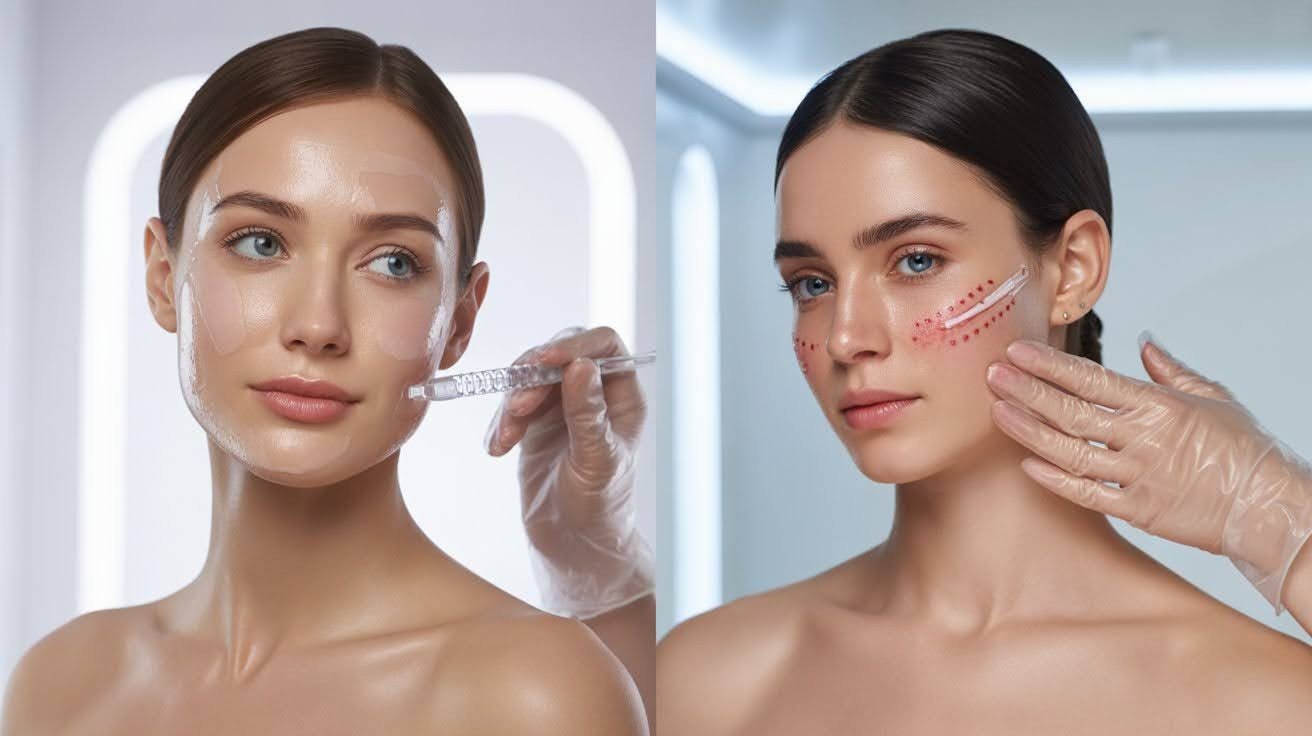
Both treatments are generally safe, but they come with different side effects and aren’t suitable for everyone with certain health conditions.
Microchanneling Side Effects
You might notice mild redness right after your session. Your skin may feel tight or dry for a short time. The good news is these effects go away quickly. Most people look normal within a few hours.
Microneedling Side Effects
Microneedling causes more noticeable side effects. Expect redness and swelling that lasts longer. Some people get bruises at the treatment sites. There’s also a chance of developing hyperpigmentation, especially if you have darker skin or don’t protect yourself from the sun afterward.
Safety Considerations
Not everyone should get these treatments. Skip them if you have active skin infections or open wounds. People with eczema or keloids should avoid both procedures.
If you have uncontrolled diabetes, your skin won’t heal properly. Those with bleeding disorders face higher risks too. Always tell your provider about your complete medical history before booking a session.
Conclusion
Both treatments can give you better skin, but they work differently. Microneedling helps with acne scars and fine lines but needs more recovery time.
Microchanneling is the newer option that heals faster and works at a deeper cellular level. It handles more skin concerns like wrinkles, dark spots, and loose skin.
Your skin is unique, and what works for your friend might not work for you. I recommend talking to a qualified professional who can look at your skin and suggest the right treatment.
They’ll consider your specific concerns, skin type, and lifestyle before making a recommendation. Good skin care is an investment in yourself.
Frequently Asked Questions
Which treatment is more painful?
Microchanneling is generally less painful than microneedling. Most people find it comfortable with just numbing cream applied before the session.
How long does it take to see results?
Microchanneling shows results faster, often within a few weeks. Microneedling takes longer and requires more sessions to see noticeable improvements.
Can I wear makeup after treatment?
After microchanneling, you can apply makeup within a few hours. Microneedling requires waiting at least 24 hours before putting makeup on your treated skin.
How much do these treatments cost?
Microneedling typically costs less per session, ranging from $200 to $400. Microchanneling is pricier, usually between $300 to $600 per session.
Which treatment is better for acne scars?
Both work well for acne scars, but microchanneling provides better results with fewer sessions. It repairs skin at a cellular level and causes less trauma during treatment.


